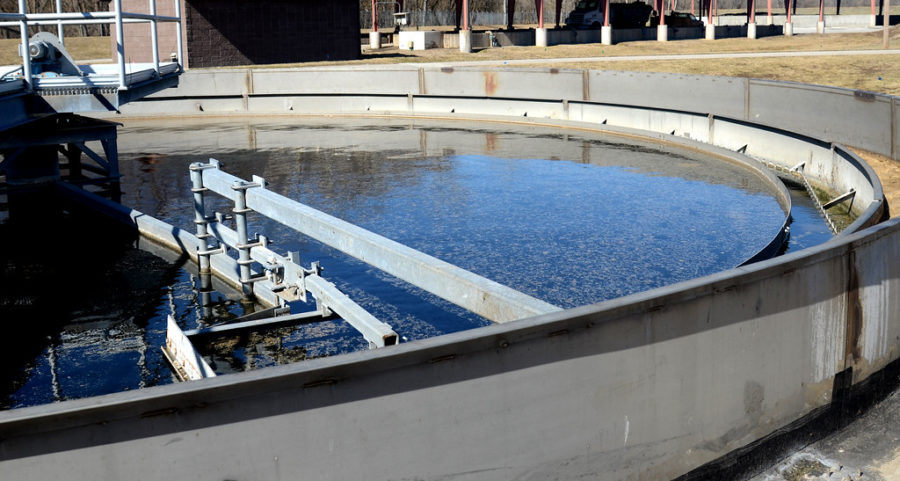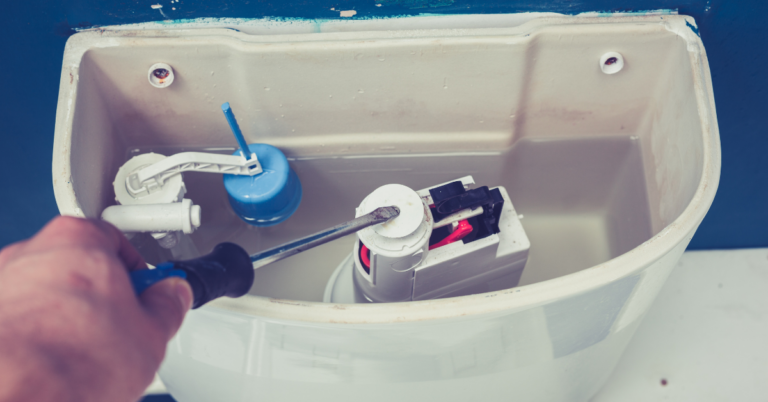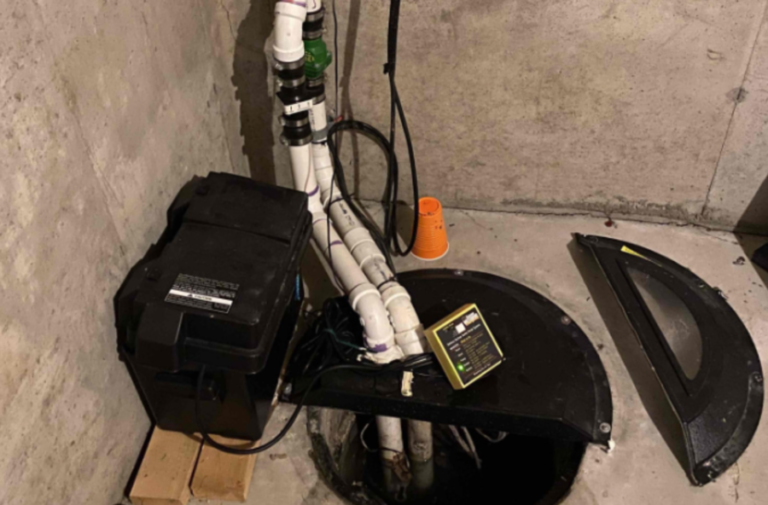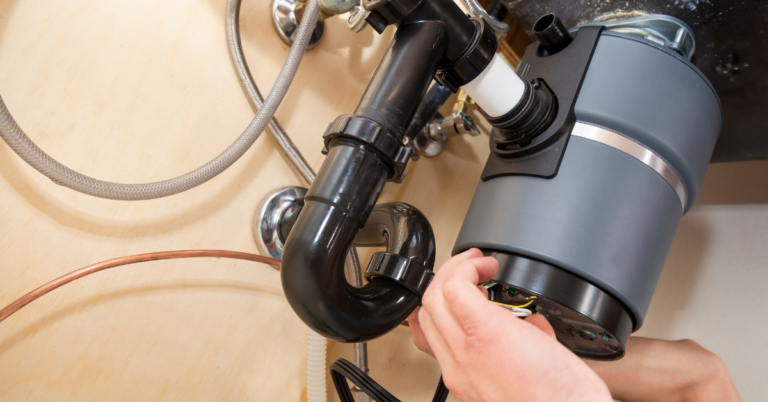4 Steps of Sewage Water Treatment
Sewage water treatment is important to having clean water. The steps that take place in the treatment are important to the process that our water goes through to be clean. There are many risks that come with drinking contaminated water. Therefore, there are several steps that our water has to go through so it is safe to drink again.
It is common for people to rely on their community water system for clean water. Roughly 286 million people in the nation do. After all, you trust that you will always have access to clean water. This is why each step taken to clean your water is so important.
The Steps of Community Sewage Water Treatment
These steps are important to the quality of cleanliness of your water. Each step has a different job of cleaning your water and a different way of doing so. Let’s go through the steps so you are able to understand the difference and importance of each one.
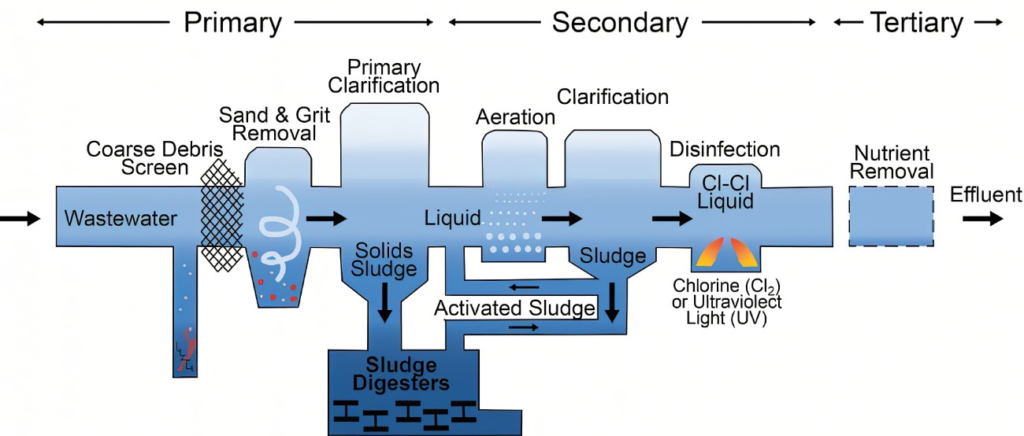
Coagulation and Flocculation
Coagulation is where positively charged chemicals that are introduced to the water are neutralized by negative charges. These negative charges include dirt, clay, and other solids. This allows the larger particles, also known as micro flocs, to be able to bind or connect to the smaller particles. This allows the floc to easily separate from the water.
Flocculation is the correct term for this. This part of the water treatment process is where the solids form into large clusters, or flocs. This makes them easier to remove from the water so the water can move onto the next part of the process.
Sedimentation
Sedimentation is the second step of the sewage treatment process. During this step, solids and other material will fall to the container floor as it continues to sit in a tank. The longer the water sits in this tank, the better. The solids have more time to sink to the bottom.
Coagulation is actually an advantage to this part of the process. The particles that were made larger and heavier in the previous step will now have an easier time sinking to the bottom during this process.
As big as community water systems usually are, this process happens in huge sedimentation tanks. It happens continuously in order to keep the treatment process going.
Filtration
Once the water has made its way through the sedimentation process, it moves on to the filtration process. Filtration is important because although sedimentation gets rid of a lot of the flocs we don’t want, there are still different particles in the water. This includes different bacteria, dust, chemicals, viruses, and others.
Slow sand filtration has been has been in use most commonly throughout many decades. It has been successful in removing bacteria and other various amounts of unwanted particles.
There is also a process called rapid sand filtration. This process is a physical purification step. It has been in use in other countries to treat large quantities of water. This is not the best option though. It costs a lot and requires things like regular maintenance and cleaning, skilled labor, and a lot of energy all the time.
Disinfection
Disinfection is the final step in the process of sewage treatment. They now use monochloramine to disinfect our water. This is an important step of the process. Any remaining bacteria, viruses, parasites, or other unwanted material will be eliminated.
Disinfecting can also protect the water while it is traveling to schools, businesses, homes, and more.
Health Risks of Drinking Contaminated Water
According to the CDC, health risks including gastrointestinal illnesses, reproductive or nervous system effects, and cancer can occur from unsafe levels of water contamination. Although not everything about the consumption of water contamination is well understood, a lot of the answers that they do have now tell you to be cautious of the water you’re drinking.
There are certain health effects of chemical exposure in the water and also consuming any water with disease-causing microbes. While these things are still possible, note that waterborne diseases caused by microbes are rare in the United States. I think this can be said for any threatening particles or chemicals that have the potential to be in our water supply.
Final Thoughts
Each step that occurs in the process is important to your community having access to clean water. Otherwise, our water would be at risk of still being contaminated if it was not treated properly through our sewage treatment. Knowing how your water is going through treatment can ensure that you know there are not any health risks with your water supply.
Call 1-Tom-Plumber
Don’t hesitate to contact us or call us at 1-Tom-Plumber (1-866-758-6237). We can help with any plumbing, drain cleaning, water damage, or excavation service. We will immediately handle any emergency plumbing, drain, and water damage problem. This also includes excavation of underground water lines and sewer main lines.

